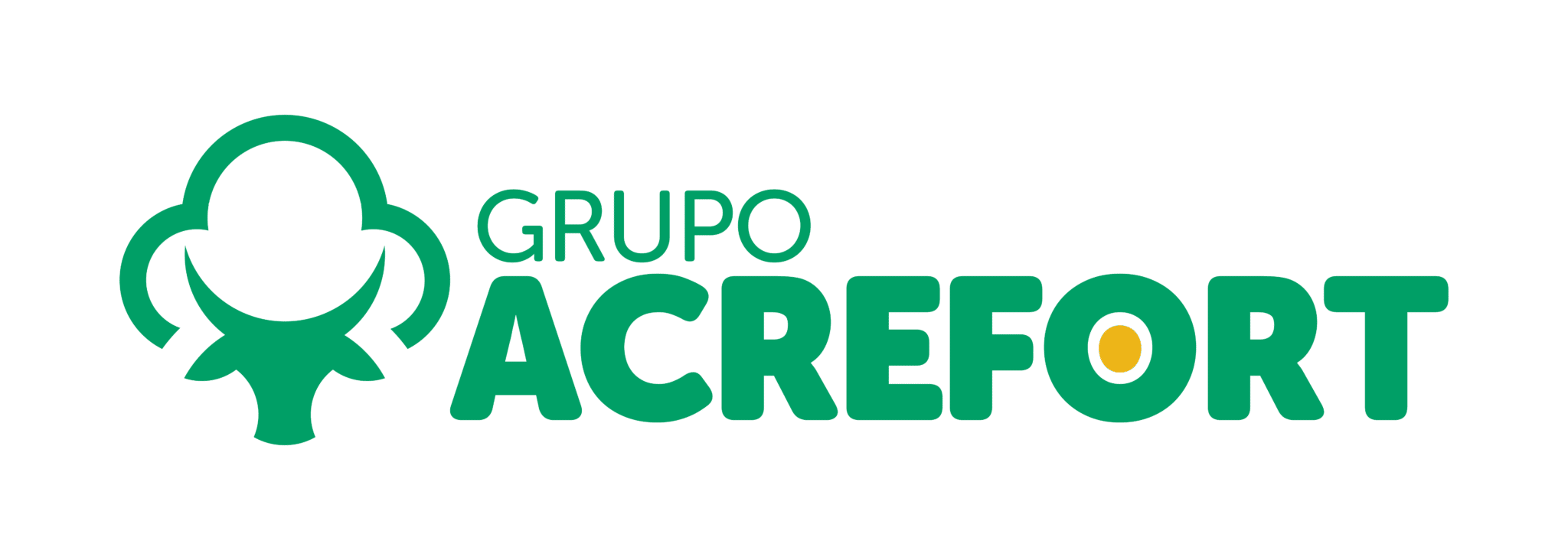Recovering addicts can practice life skills, such as paying rent and maintaining a clean living space, while surrounded by other sober individuals. These rules are not meant to be punitive but are in place to support the health and recovery of all residents, creating a community that thrives on mutual respect and shared goals. By Julia Childs Heyl, MSWJulia Childs Heyl, MSW, is a clinical social worker and writer. As a writer, she focuses on mental health disparities and uses critical race theory as her preferred theoretical framework. In her clinical work, she specializes in treating people of color experiencing anxiety, depression, and trauma through depth therapy and EMDR (eye movement desensitization and reprocessing) trauma therapy.
Reasons To Go to a Sober Living Facility
Today halfway houses are still used as a way to foster re-entry into society for addicts and sometimes for prison inmates. “If there’s not a ‘perfect’ fit, you may still benefit from the structure, support and monitoring that a sober living house provides until you feel more confident in your sobriety,” says Dr. Kennedy. A Level II recovery residence assigns a house manager or senior resident to oversee the workings of the house and has at least one paid staff member. Level II includes the services of a Level I home as well as peer-run group and self-help and/or treatment. Samir is a writer specializing in mental health, substance use disorders, and addiction treatment with a background in the non-profit sector. If you’ve recently relapsed, then sober living residences could be a good option.
Our goal is to offer people a single source of relatable, reliable information at any stage of their recovery journey. Former NYPD officer John Silverman talks about his past substance use and his journey of recovery. Some individuals may not have completed official rehab but needed to separate themselves from temptations or toxic environments that could impact their sobriety.
- She has had experience in mental health and substance use policy management, oversight, and implementation.
- View our editorial content guidelines to learn how we create helpful content with integrity and compassion.
- Substance abuse professionals at the sober living house ensure safety and well-being by conducting random drug tests and enforcing a curfew.
- While Level 2 homes don’t have recovery services onsite, there’s usually a strict requirement for maintaining membership in a recovery group or sticking to an aftercare plan with a counselor.
She said that the state could have ended it when they found out about the fraud in 2019, but “they chose not to.” That decision means Indigenous people have died and billions of dollars have been stolen. So, when the BrewerWood law firm reached out to Stewart about her expertise on the online crisis, she hesitated to speak with the lawyers because she was unsure if it was the best move for the people. To the best of our knowledge, all content is accurate as of the date posted, though offers contained herein may no longer be available. The opinions expressed are the author’s alone and have not been provided, approved or otherwise endorsed by our advertisers.
Halfway houses, also known as sober re-entry programs, tend to be more structured. Sometimes they are designed specifically for formerly incarcerated folks. Other times, they https://www.inkl.com/news/sober-house-rules-a-comprehensive-overview function as a more intensive residential facility, meaning that there is consistent recovery programming, requirements, and staff present in the house. Sober living homes may or may not be accredited or licensed through a state, local, or national agency.
Choosing Between Rehab, Sober Living, and Halfway Houses
And while sober living homes are often self-governing and financed by residents, many halfway houses are administered by the government and reliant on public funding. Many sober living homes are not government-funded and are self-supporting or operated by charities or addiction treatment centers. Some recovery houses accept donations of clothing, household goods, and other items for use by residents or to sell to make money to offset the facility’s costs.
If you or someone you love is suffering with drug or alcohol addiction, help is available and recovery is possible. American Addiction Centers (AAC) is a leading nationwide treatment provider and has trusted rehab programs across the U.S. You can contact us free at at any time, day or night, for helpful advice, information, or admissions. You can also check your health insurance coverage using the form below or contact free drug and alcohol hotline numbers.
WHAT TO BRING TO REHAB
These skills will enable someone to function well in society when they leave the facility. A great way to find a sober living house in your area is first to explore your network. Not all sober living homes are equal, so finding a place that an acquaintance has recommended could be helpful. Going to a sober living house has been proven to support sobriety efforts, with results ranging from a decreased amount of relapses to long-term sobriety.
Hobbs: AZ is ‘continuing to take action’
A sober living house is a peer-managed home designed to help people maintain sobriety. This is achieved through required sobriety, recovery group attendance, and household participation. Those who live in these houses rent rooms indefinitely and live a life in accordance with their responsibilities, like work and school. In the last two years, her office has prioritized cases involving fraudulent sober living homes. A Level I sober living home typically does not have any paid staff and relies on its residents to monitor behavior and enforce policies and procedures. People in recovery receive peer support and accountability in a level-one sober living home.
With little structure and monitoring, someone new in their recovery may want to a higher-level sober living home. A supportive community fostering growth and hope is available to you if needed. At Psyclarity, we are committed to offering practical, structured, and compassionate support to our patients in line with their unique circumstances and challenges. Generally, the programs are voluntary, although some residents may be court-ordered to live in a sober residence. Our free email newsletter offers guidance from top addiction specialists, inspiring sobriety stories, and practical recovery tips to help you or a loved one keep coming back and staying sober. Does it sound like you or a loved one can benefit from a sober living facility?
- One of the most important factors in recovery from drug or alcohol addiction is the social support a recovering person receives during this critical time.
- A Level II recovery residence assigns a house manager or senior resident to oversee the workings of the house and has at least one paid staff member.
- → Minimizes the risk of relapse by removing immediate temptations and access to substances.
- You are independent and responsible for your own recovery and well-being.
- Trump made an immigration crackdown a major promise of his victorious 2024 election campaign, leaving the fate of U.S. refugee programs up in the air.
By understanding the purpose, benefits, and expectations of these residences, you can make an informed decision and find a home that best supports your journey to lasting sobriety. Remember, recovery is a journey, and finding the right support can make all the difference. Can I apply for a sober home if I have a mental health condition in addition to my substance use disorder?
Benefits of Supportive Housing Programs
People from various walks of life come together to mutually support each other and share their unique recovery journeys. In addition, you’ll want to make sure that the sober living community is safe and well-run. Since private organizations can run sober living homes, there is a risk that some sober houses aren’t run as well as others. Residents of sober living facilities must abstain from drugs and alcohol, which provides an excellent peer support system for everyone who lives there.
Sometimes, sober living houses also act as a stand-alone approach for substance misuse problems, meaning that someone will go straight there without first attending a residential treatment center. Sober living houses are usually peer-run facilities encouraging continued substance use disorder recovery. Occasionally they are run by a charity or an addiction treatment center as a less structured and more informal version of the inpatient treatment plans they offer.

